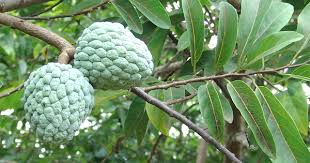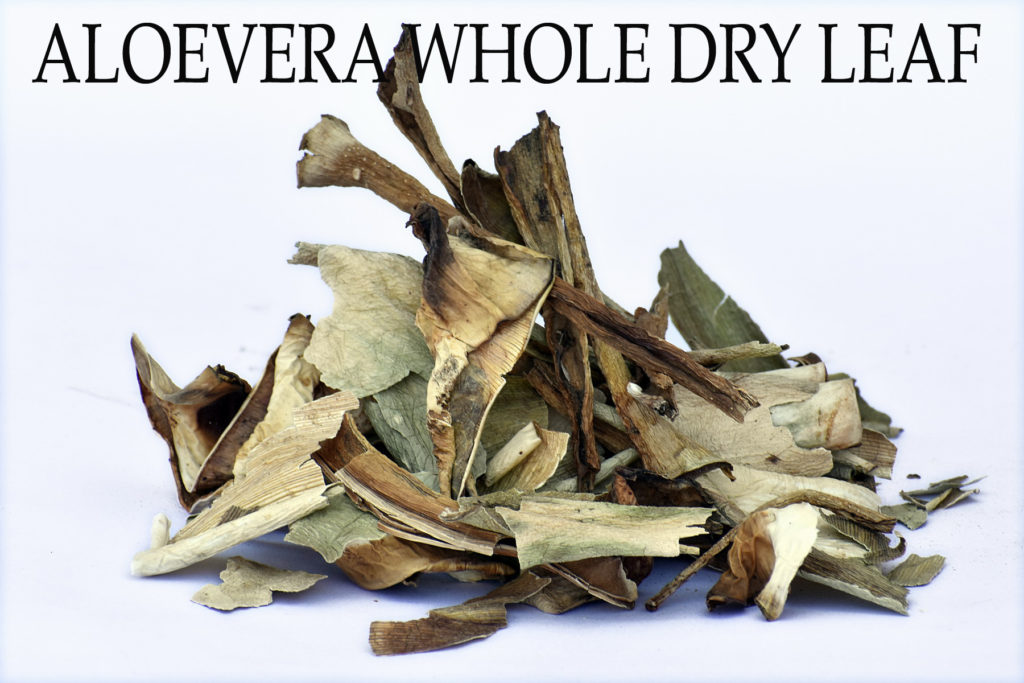
Alovera Dry Leaf
We have two types of dry leaves one of hole leaves with pulp another one skin of aloe vera after extraction of pulp
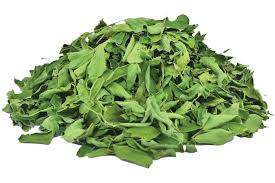
Heena Leaf
With an intention to enhance the standing we have built, we are occupied in offering a wide collection of Henna Leaves.
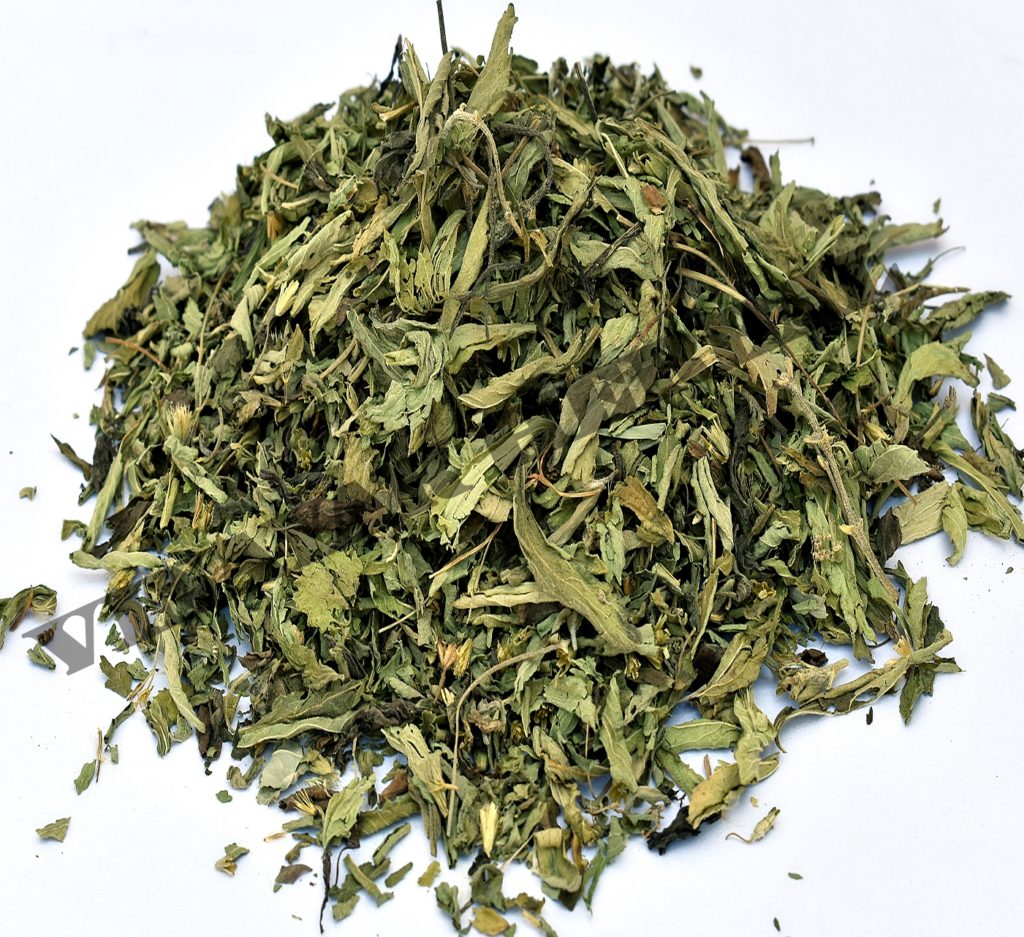
Neem Leaf
The leaves are commonly used to control pests. When neem leaves are dryed in the sun, the color stays green. To keep away pests and insects, place the dry neem leaves near the grain, rice or other food products. Neem contains several active chemicals which work in different ways.
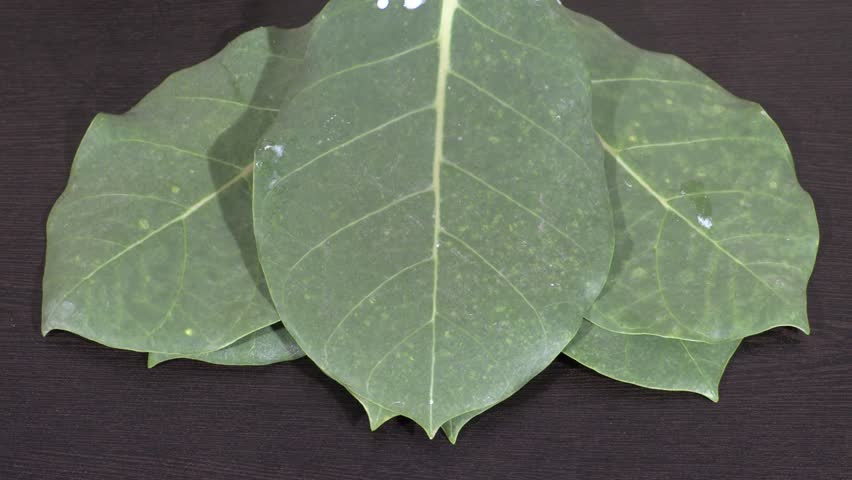
Aak Leaf
According to analysts’ studies, an aak leaf contains cardiac glycosides, which is commonly used in heart medication. It also has fatty acids and calcium oxalate, which may benefit health treatment. Aak leaves can be used to treat diabetes It is beneficial for weight loss Aak leaves can be used to treat asthma It helps prevent obesity If applied externally, it can be a good skin treatment It helps stabilize blood circulation It helps cure gastrointestinal diseases
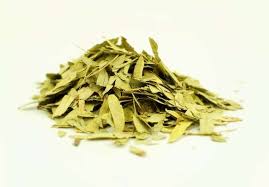
Sanay Leaf
The leaves of the senna plant are used in teas and may help relieve constipation. Senna is most often used as a laxative, either to relieve constipation or in some cases, to help with weight loss. It is also an ingredient in some conventional over-the-counter laxatives

Gudmar Leaf
ts leaves are elliptic, opposite or ovate. The small flowers are yellow and in umbellate cymes. The follicles are terete, lanceolate and up to 3 inches in length. The plant is native to the tropical forests of southern and central India. It is known as gurmar and merasingi in Hindi and meshashringi, vishani and madhunashini in Sanskrit. The medicinally active parts of the plant are the leaves and the roots. It came to be known as “destroyer of sugar” in ancient times.
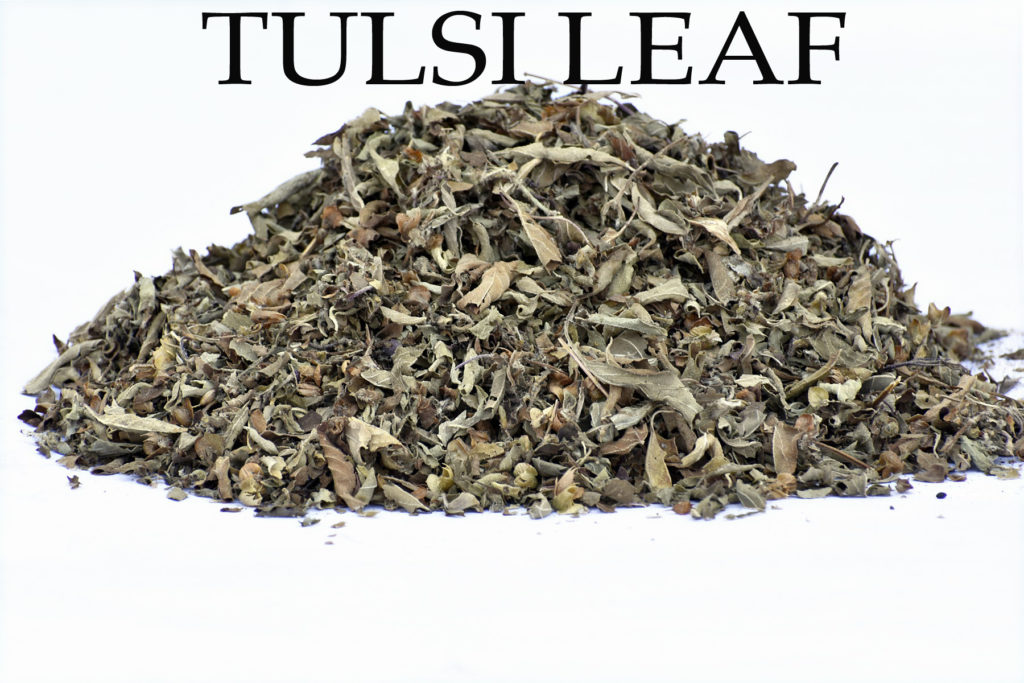
Tulsi Leaf (Besil)
It contains enzyme-inhibiting oils, including eugenol, citronellol and linalool. The anti-inflammatory properties of tulsi help lower inflammation, lowers the risk of heart disease, rheumatoid arthritis and inflammatory bowel conditions. Chewing of Tulsi leaves soothes fever, headache, sore throat, cold, cough, flu
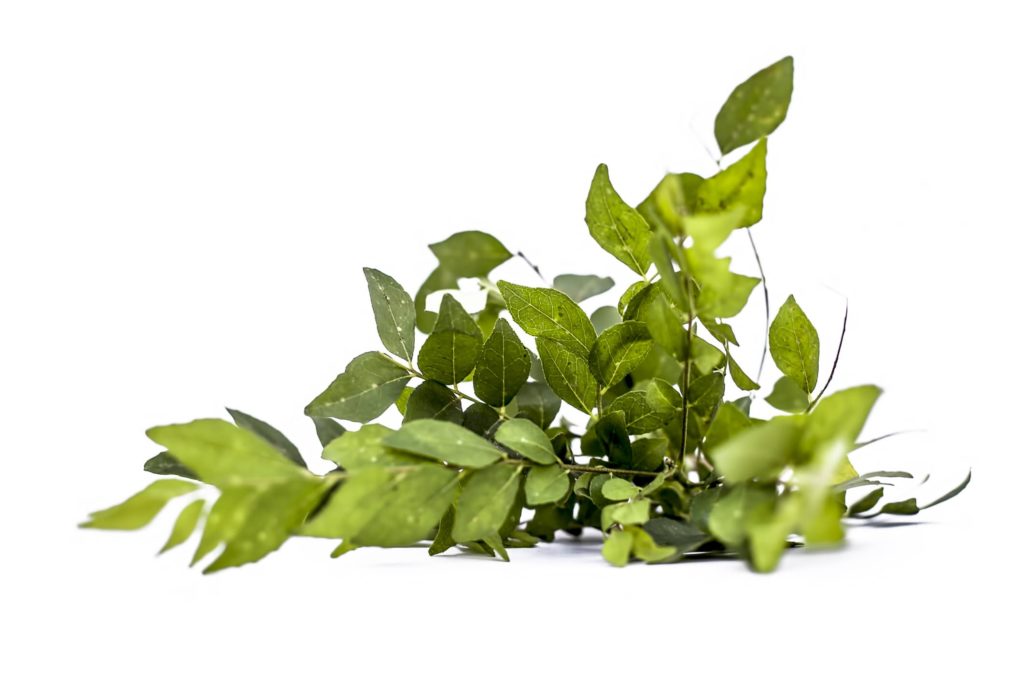
Kari Leaf (Meetha Neem)
Kadi patta or curry leaves is a staple in Indian dishes. ... Packed with carbohydrates, fiber, calcium, phosphorous, irons and vitamins like vitamin C, vitamin A, vitamin B, vitamin E, curry leaves help your heart function better, fights infections and can enliven your hair and skin with vitality
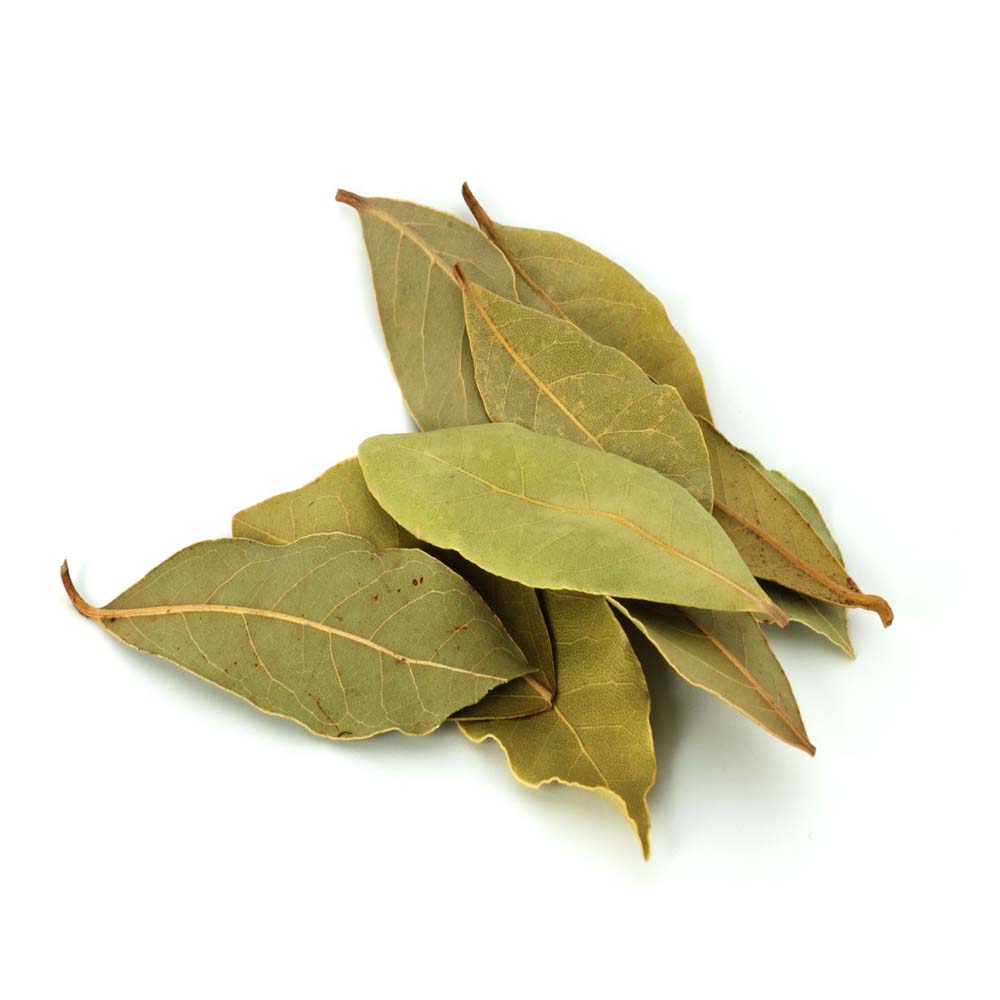
Tej Patta
Also known as tej patta, this culinary herb makes for an integral part of the Indian cuisine, thanks to its distinctive flavour and fragrance. Apart from this, it is also known for its age-old medicinal properties. Scientifically known as Laurus Nobilis, bay leaves are used for treating various health conditions. The presence of vitamin A and C along with folic acid and various minerals in bay leaf makes it a nutrient-dense herb.
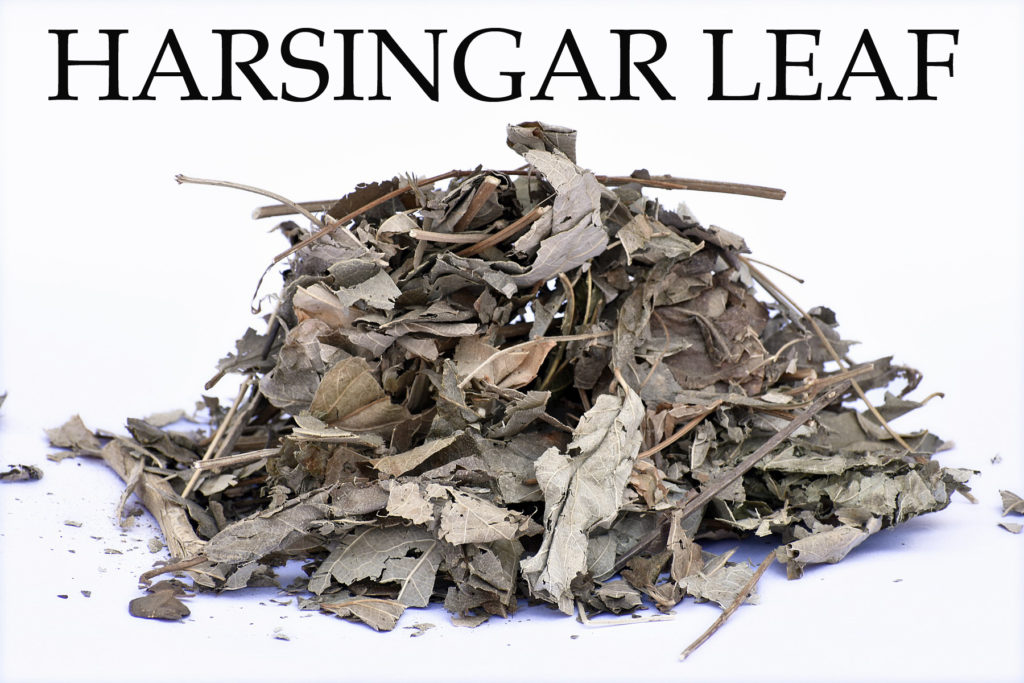
Parijat Leaf
The leaves were also considered antidotal for reptile venom. Various preparations of the fresh flowers were found useful in treating diseases like colic, dyspepsia, flatulence, greyness of hair and balness as they wer astringent, stomachic, and carminative in nature.
Price Rs.....Per/KG
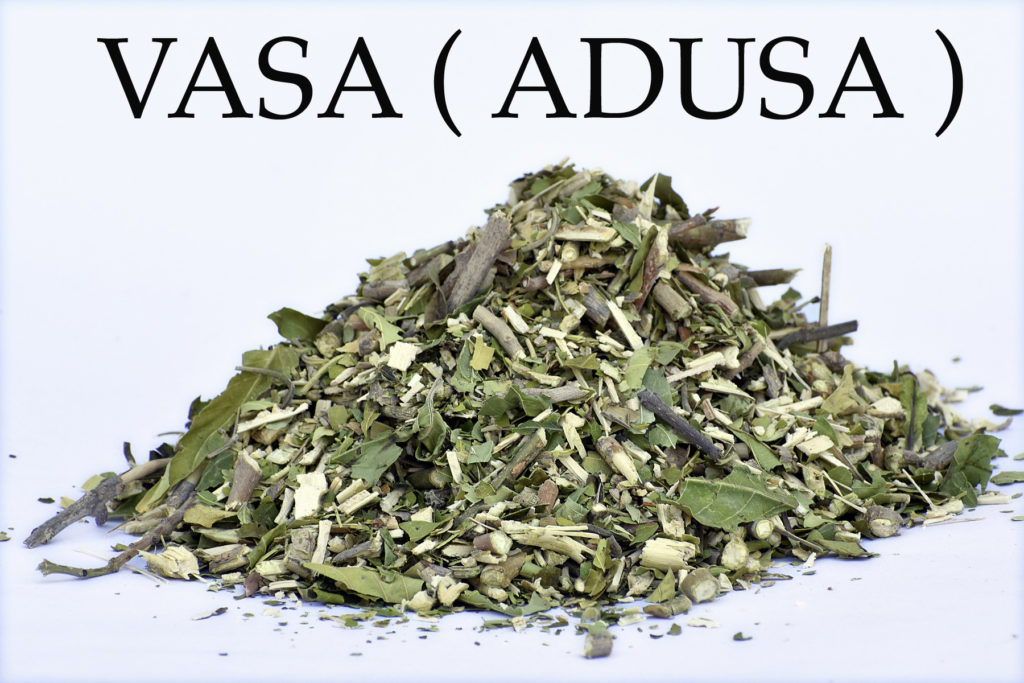
Vasa Adusa Leaf
Used for treating bronchitis, asthma and dental ailments. It relieves cough and breathlessness. Its local use gives relief in pyorrhoea and in bleeding gums. Relieves toothache, cures chronic catarrh and is used as an aphrodisiac.
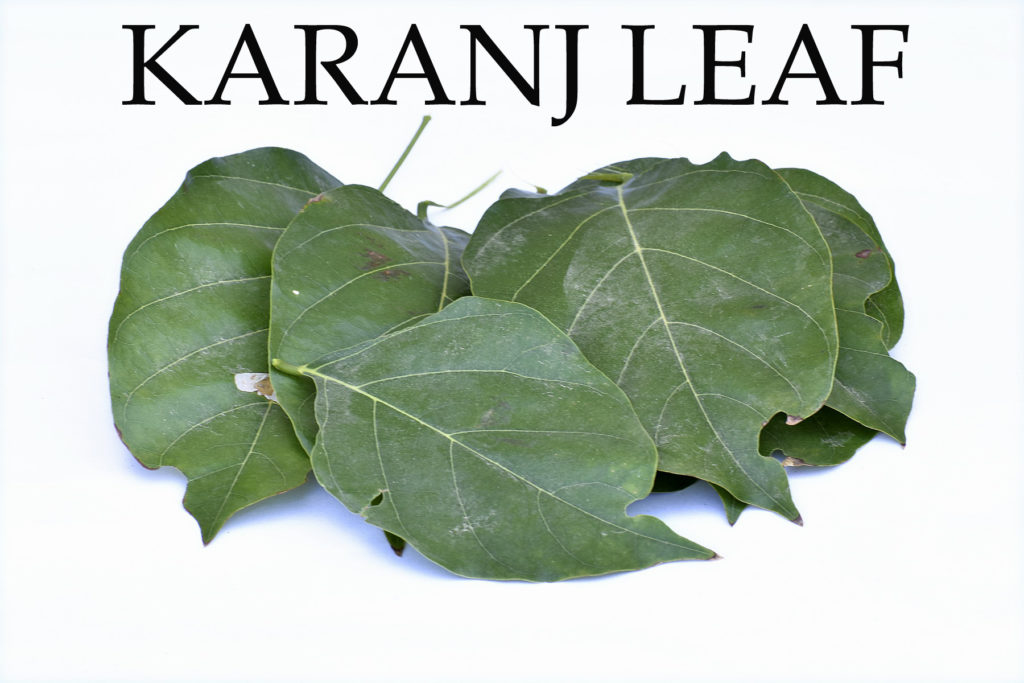
Karanj Leaf
Used in treating piles and haemorrhoids. It can relieve bloating, flatulence and stomach ailments. It can relieve worm infestation and aids quick wound healing. The leaves of Karanja can relieve inflammation, diarrhea and constipation.
Price Rs.....Per/KG
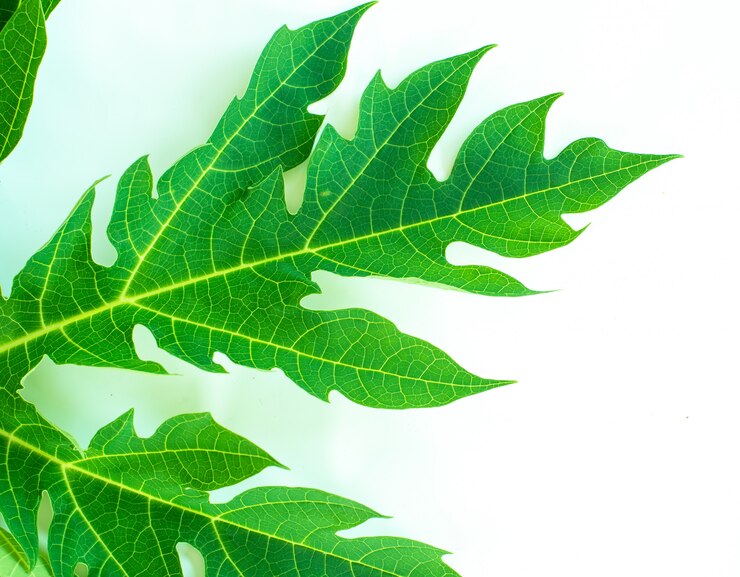
Arlu Leaf
The Arlu Leaf, native to the rainforests of Arlu, boasts vibrant hues and intricate patterns. Revered for its medicinal properties, it symbolizes vitality and the interconnectedness of life in Arlu culture.
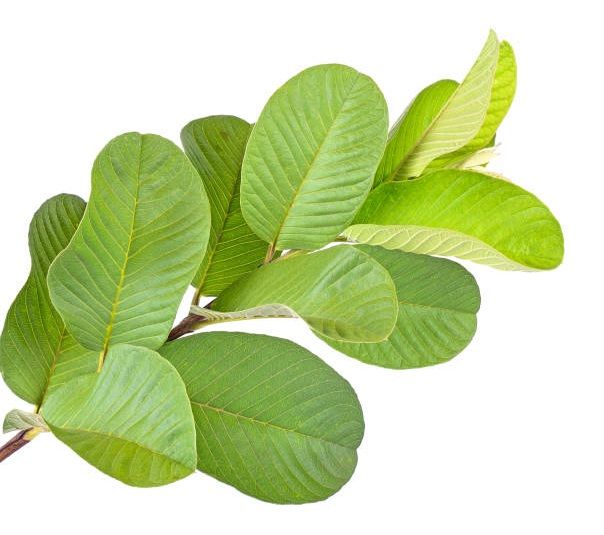
Amrudh Leaf (Jamphal)
8 Health Benefits of Guava Fruit and Leaves 1. May Help Lower Blood Sugar Levels. 2. May Boost Heart Health. 3. May Help Relieve Painful Symptoms of Menstruation. 4. May Benefit Your Digestive System. 5. May Aid Weight Loss. 6. May Have an Anticancer Effect. 7. May Help Boost Your Immunity. 8. Eating Guavas May Be Good for Your Skin.
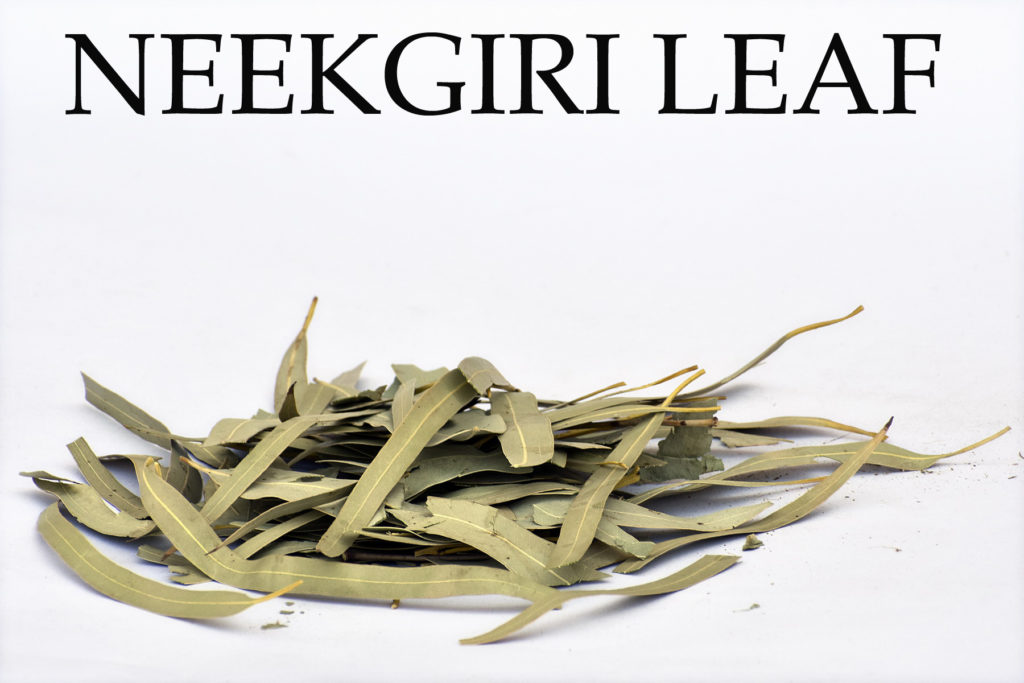
Nealgiri Leaf
Herbal remedies recommend using fresh leaves in a gargle to relieve a sore throat, sinusitis, and bronchitis. Also, eucalyptus oil vapor appears to act as a decongestant when inhaled. It is a popular home remedy for colds and bronchitis. It may act as an expectorant for loosening phlegm and easing congestion.
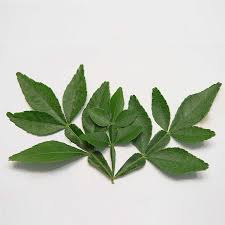
Bel Leaf
Bael is an apt fruit for curing many digestive issues due to its anti- bacterial, anti- fungal properties. It is recommended for people suffering from stomach ulcers as the high content of tannin in its leaves reduces inflammation.
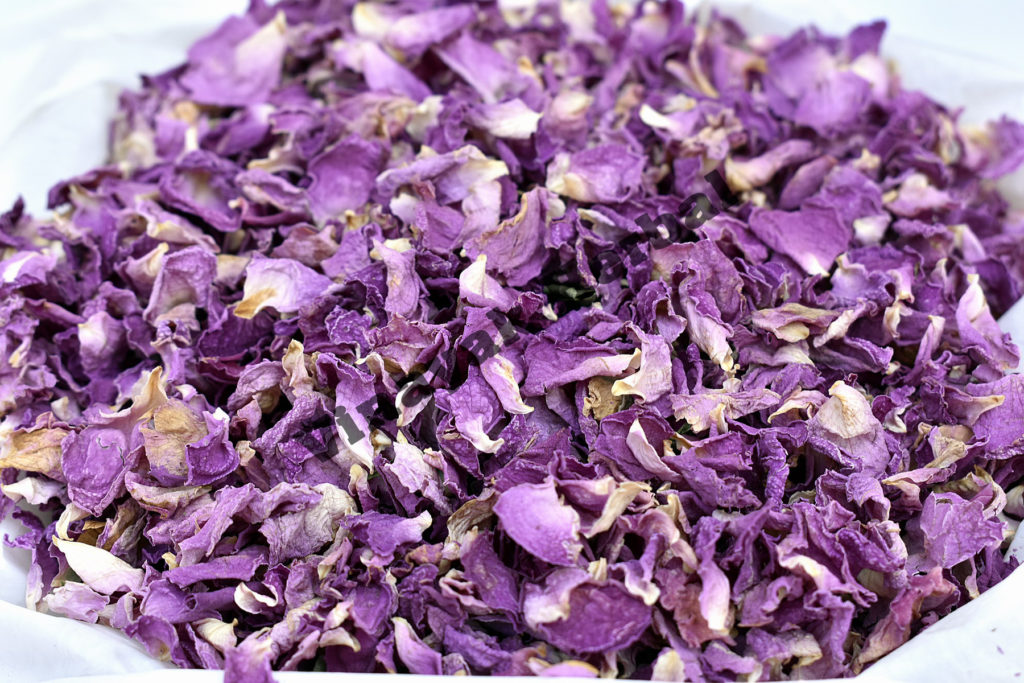
Gulab Leaf
Rose leaves are a integral part of a healthy plant. Many diseases and pests can be headed off by properly inspecting a leaf. When they are strong, good rose leaves can really make your flowers shine. They capture the sunlight and provide energy for big, strong blooms.
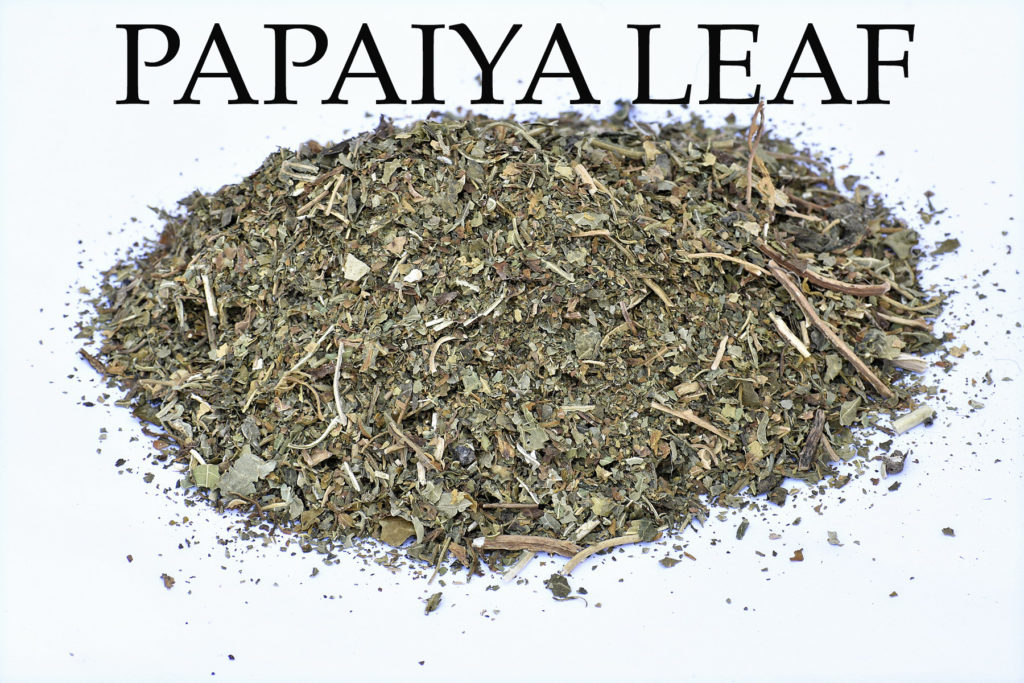
Papaya Leaf
Papain is also helpful in healing and preventing stomach ulcers.” Papaya leaves are also rich in protease and amylase. These enzymes help break down proteins, carbs and minerals aiding digestion. Its high anti-inflammatory properties also reduce the inflammation of stomach and colon.
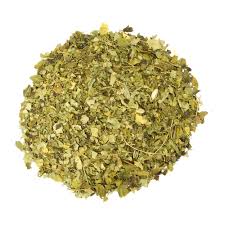
Moringa Leaf (Sahajna)
To date, studies show that Moringa oleifera may lead to modest reductions in blood sugar and cholesterol. It may also have antioxidant and anti-inflammatory effects and protect against arsenic toxicity. Moringa leaves are also highly nutritious and should be beneficial for people who are lacking in essential nutrients.
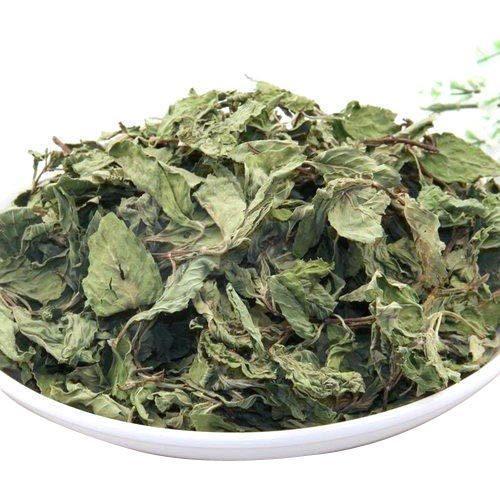
Pudina Leaf
According to The Health Site, "Pudina is also known to calm stomach cramps and helps beat acidity and flatulence. It is also very beneficial for patients suffering from IBS (Irritable Bowel Syndrome). In fact, mint extracts have been used to coat tablets meant to relieve symptoms of IBS.
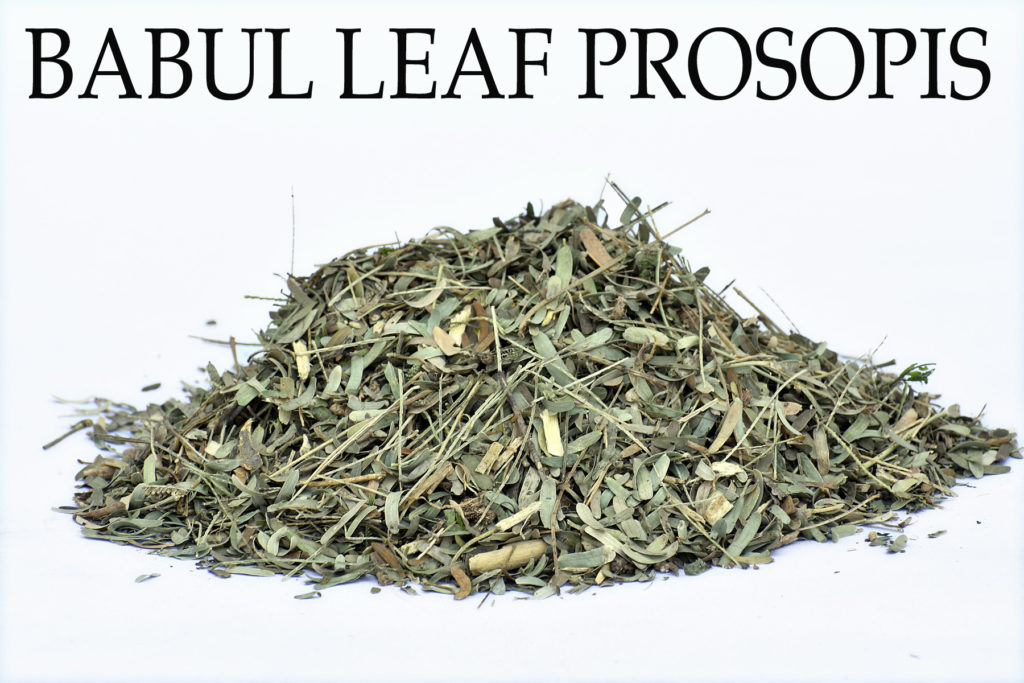
Prosopis Leaf
Prosopis is a commercially important plant genus, which has been used since ancient times, particularly for medicinal purposes. Traditionally, Paste, gum, and smoke from leaves and pods are applied for anticancer, antidiabetic, anti-inflammatory, and antimicrobial purposes.
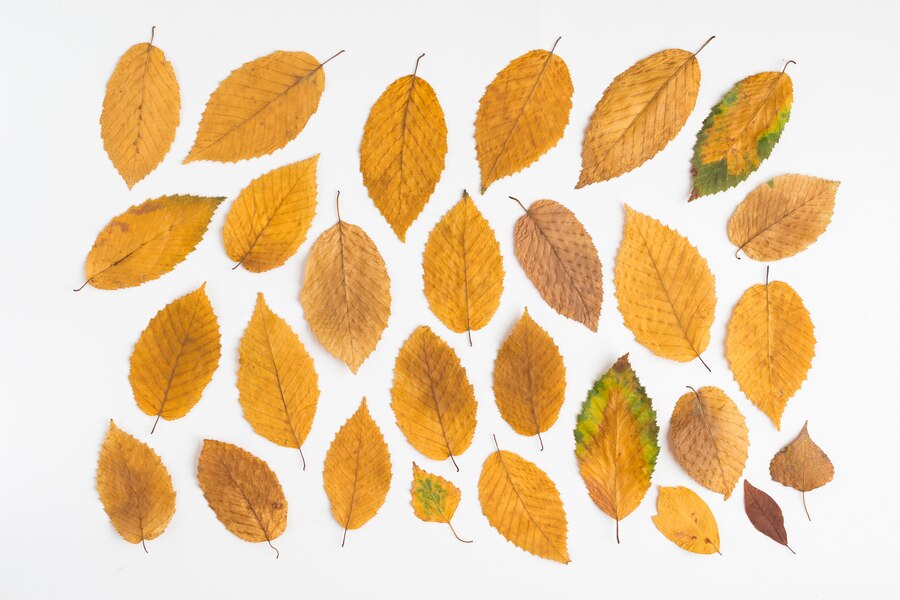
Jhadberi Leaf
The Jhadberi Leaf, found in the mystical forests of Jhadber, possesses iridescent shades and ethereal beauty. Treasured for its spiritual significance, it is believed to bring harmony and enlightenment.
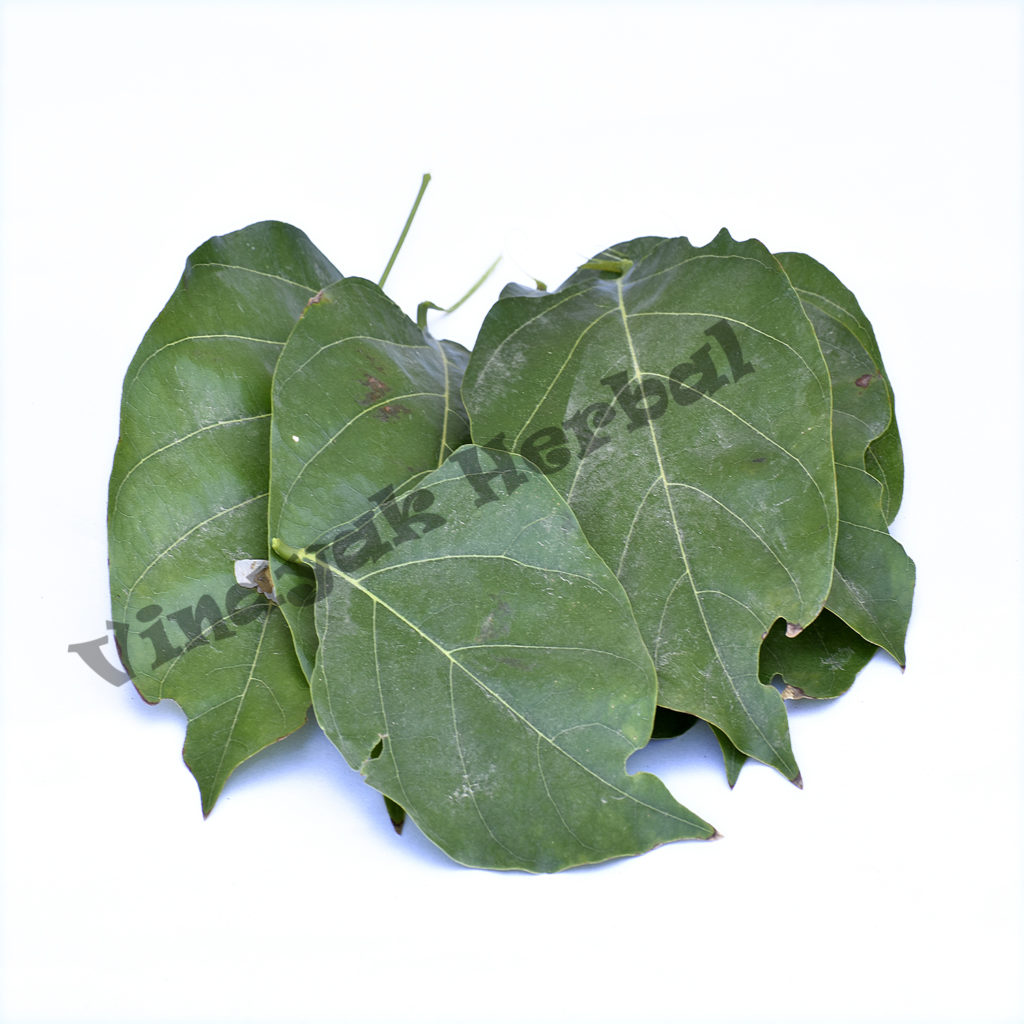
Bargad Leaf
Medicinal uses : The Banyan tree also has several medicinal properties. Its leaf, bark, seeds and fig are used for the variety of disorders like diarrhea, polyuria, dental, diabetes and urine disorders. The wood of the Banyan tree is used in making door panels, boxes and the other items.
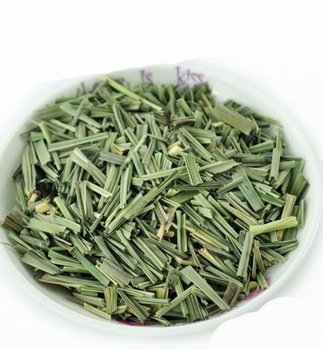
Lemon Grass
It has a fresh, lemony aroma and a citrus flavor. It's a common ingredient in Thai cooking and bug repellent. Lemongrass essential oil is used in aromatherapy to freshen the air, reduce stress, and uplift the mood. Lemongrass is also used as a folk remedy to promote sleep, relieve pain, and boost immunity.
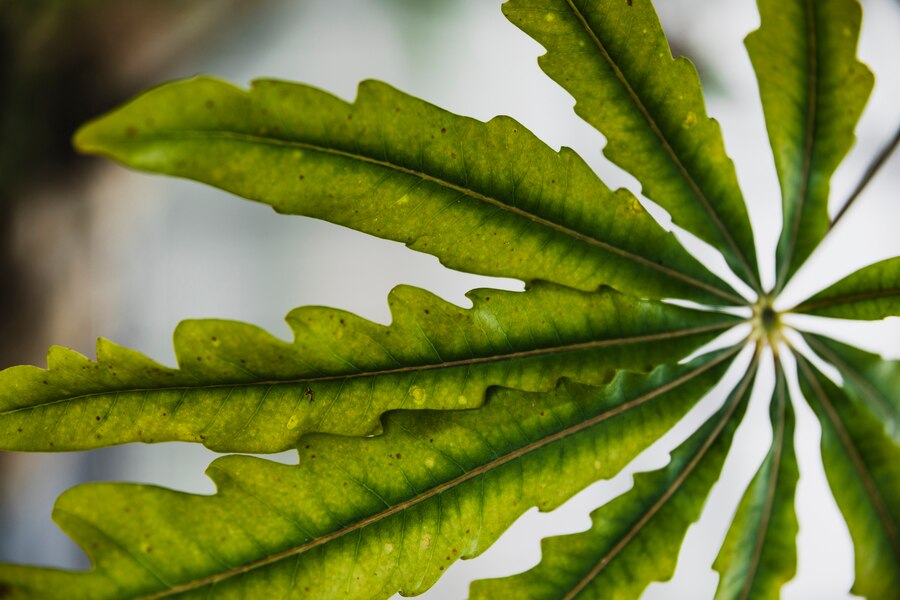
Sadabhar Leaf
The Sadabhar Leaf, from the serene valleys of Sadabhar, displays serene green hues and delicate veins. Revered for its calming essence, it signifies peace and resilience in the heart of nature.
